The Wee Lassie canoe dates back to the early 1880s when canoeist and outdoor writer George Washington Sears, known as Nessmuk, asked John Henry Rushton, a boatbuilder in Canton, New York, to design and build a small lightweight canoe. The result was the WEE LASSIE, an open cedar lapstrake canoe 10′6″ long and 27″ wide. While Sears, a diminutive man at 5′3″ and 103 lbs, also asked Rushton to build an even smaller canoe, SAIRY GAMP, most of us would need something larger. Mac MacCarthy, a century after Rushton, stretched the Wee Lassie to 13′ 6″ by 29″ and called the new design Wee Lassie II.
Join The Conversation
We welcome your comments about this article. To include a photo with your remarks, click Choose File below the Comment box.



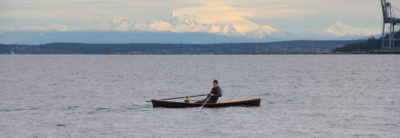

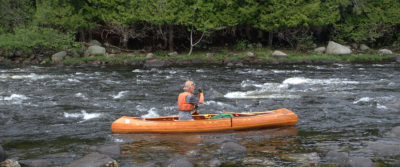

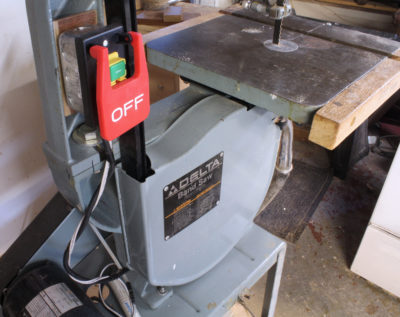
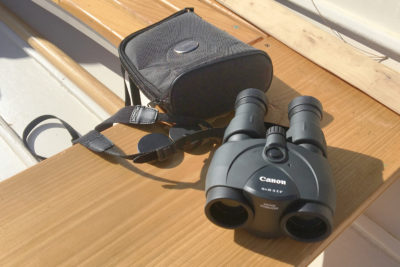

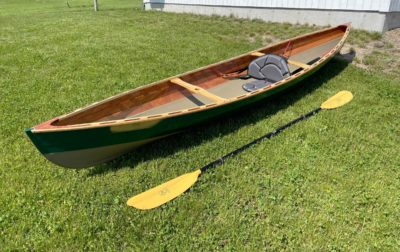
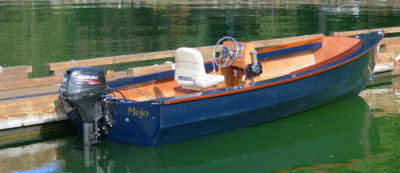
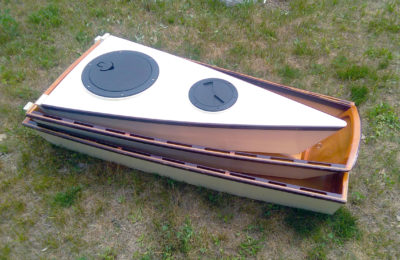
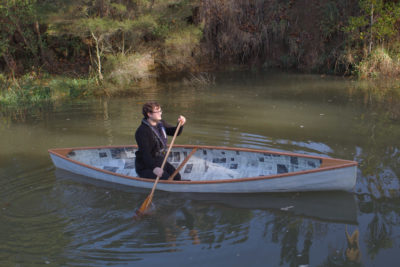
Quick question: What did the skin-on-frame version come in at weight-wise?
The comments that follow are less about the canoes in this article and more about canoes of this type in general. I started my career in small-craft design with solo canoes. That was probably as good a place to learn the fundamentals of displacement hull design as anywhere I can think of. They are inexpensive, quickly built craft that give us immediate, sometimes brutal feedback about our efforts. I’m glad that the author of this piece mentioned just how small George Washington Sears was. I always found it troubling, and baffling, that so many strapping men absolutely lusted after tiny, often jewel-like, true-to-size replicas of his canoes. The canoes that I designed ranged between 13′ and 16′. They covered the size and weight carrying needs of nearly every adult user. I never built any skin-on-frame craft as they didn’t seem practical to me. To me, canoes are about adventure, which means they should be able to withstand being dragged up onto beaches, over downed trees blocking streams, and occasional collisions with rocks. My belief, and apparently one shared by my customers, is that anyone capable of paddling a canoe alone is probably able to handle one weighing between 30 and 45 pounds, both in and out of the water. Building rugged canoes in these sizes, at these weights is easy as long as the builder resists adding pretty, but unnecessary touches, like extended decks, dragon heads and flagpole holders. Though I moved on to other more complex boats, I attribute much of my success with other types of craft to my experiences designing and building canoes. At times when customer demand meant that I couldn’t hold onto the designs for which I’m better known, I usually managed to keep at least one solo canoe around. They were so small and handy that I always found room for one in a corner of the shop. They are still a couple here, and I still love them.